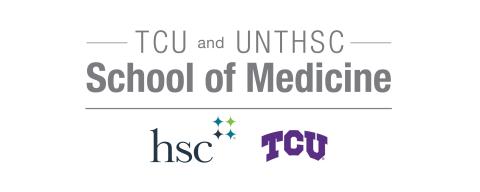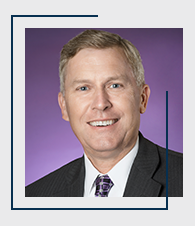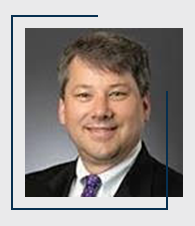Dr. Stuart Flynn
Founding Dean
Texas Christian University
University of North Texas Health Science Center School of Medicine
Fort Worth, TX
At Texas Christian University, I have had the tremendous opportunity to build the medical school from the ground up. As we looked into ways to teach medical students anatomy, we recognized the gold standard has been for many decades, and that is cadaveric dissection anatomy which has served some very powerful purposes. It also has some areas with some deficiencies. When I first started working with CWRU and experienced HoloAnatomy® Software, I immediately realized this was the perfect blend of mixing cadaveric anatomy with the HoloLens.
Because our team built the curriculum from scratch with the HoloAnatomy® Software, this was our chance to move it forward a little bit from the past. It has worked out phenomenally.
We are still on this journey, and I wanted to share a few thoughts of what that journey looks like for us right now from the students’ lens and then from the educators’ lens.
When the pandemic hit, we weren’t fully set up at that time. It was an opportunity because our students could not come into the anatomy lab. However, anatomy teaching didn’t have to halt suddenly, which would have been frustrating to our students. HoloAnatomy® Software Suite provided a very nice opportunity for us to help our students continue their training remotely.
We could not be more pleased. Our students very much love HoloAnatomy® Software. This generation enjoys this modality tremendously, and this has helped us make the teaching stick, rather than just teaching.
We’ve brought it in not just in teaching anatomy. We’ve brought it into our clinical skills work, where now the students can use aligned surface landmarks in their clinical skills with standardized patients, but then do the corelit with the HoloAnatomy® Software. Very, very powerful, for instance, of where to place your stethoscope, and why are you hearing the sounds that you are hearing. We’ve been very pleased with that.
We have built this into our Cardiac teaching. For instance, for an ultrasound module, we have the ultrasound and the HoloAnatomy® Software in tandem.
Once again, a perfect opportunity for medical students to see two different windows of how they would and can see anatomy.
Dr. Kevin Kunkler
Executive Director of Simulation Education, Innovation, and Research
Faculty Professor
Texas Christian University
University of North Texas Health Science Center School of Medicine
Fort Worth, TX
We were building our school around the time HoloAnatomy® Software was being developed, so we had the advantage of incorporating the design of what HoloAnatomy® Software was going to look like in our school. A few members of our team came up to CWRU to look at HoloAnatomy® Software for the first time, and they bought into it with flying colors.
The first experience working with HoloAnatomy® Software was fantastic.
Now that HoloLens2 is out there, we can really see what HoloAnatomy® Software is able do.
We just implemented our first session with HoloAnatomy® Software for our Phase 1 students, and we have been doing this with some of our clinical skills. We believe this is going to be very complimentary program. We still have cadavers here at TCU. I was previously in surgery, so I still see the cadavers as something to help from the surgical perspective and HoloAnatomy® Software is supporting from a radiological way of how to learn anatomy.




